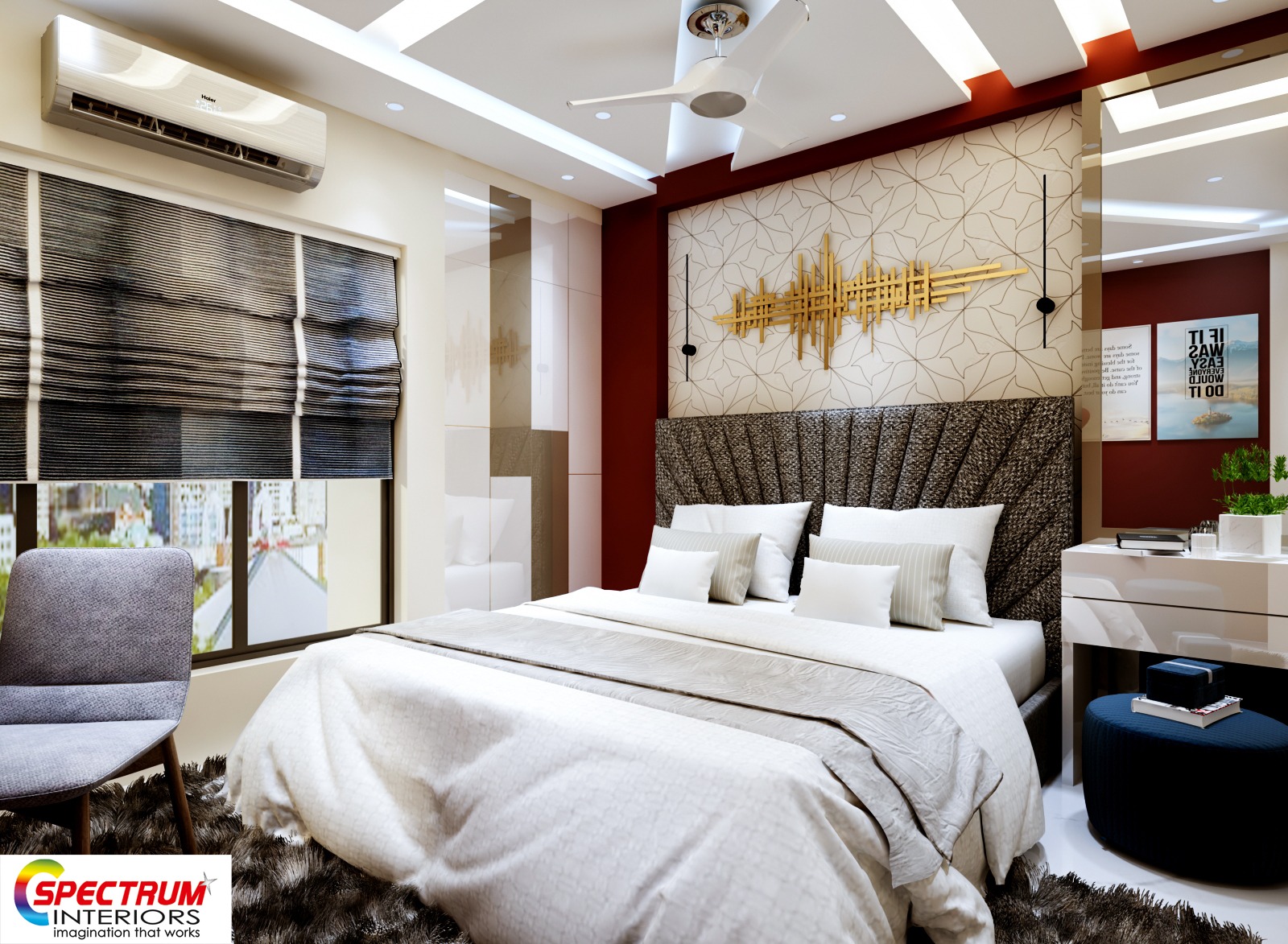Consult an innovative Architecture Firm for cutting-edge and creative designs.
Consult an innovative Architecture Firm for cutting-edge and creative designs.
Blog Article
Transform Your Home With Important Principles of Interior Decoration and Looks
By comprehending the impact of shade concept and the importance of texture and patterns, one can create spaces that are not just aesthetically attractive however additionally deeply individual. Accomplishing this equilibrium entails even more than mere decor; it includes a critical setup and a keen understanding of just how each aspect interacts within a space.
Understanding Color Theory
Color theory is a basic element of indoor style that considerably affects mood, perception, and overall visual. Understanding the concepts of color concept enables designers to create rooms that resonate psychologically with residents while meeting practical needs (interior design firms). Shades can be categorized into 3 key kinds: primary, secondary, and tertiary. Each classification plays a vital role in developing consistency within an area.
The mental influence of shades is extensive; warm shades such as reds and oranges evoke power and heat, while amazing tones like blues and greens promote peace and serenity. Furthermore, using corresponding shades enhances visual interest, creating striking contrasts that can raise a room's charm.
Neutral shades, on the other hand, serve as a functional background, enabling other design elements to shine. It is vital to consider aspects such as lighting and the room's objective when selecting a color palette, as these can alter the perception of shades throughout the day.
Inevitably, a well-considered color design can change an area, promoting a sense of comfort and style that straightens with the inhabitants' choices. Proficiency of shade theory is, for that reason, a crucial skill for any indoor developer aiming to create unified and welcoming atmospheres.
Accomplishing Balance in Layout
Just how can developers attain a feeling of balance in their rooms? Attaining balance in design is basic to producing harmonious interiors.
Asymmetrical balance, on the other hand, depends on differing components that still accomplish a cohesive appearance. This technique permits even more vibrant and informal setups, giving rate of interest while maintaining balance. By very carefully selecting differing sizes, colors, and structures, developers can produce an aesthetically compelling space that really feels balanced yet energetic.
Radial equilibrium stresses a central prime focus with elements radiating exterior. This style is frequently seen in round layouts, where furniture and style create a cohesive surround that attracts the eye internal.
Ultimately, accomplishing equilibrium calls for thoughtful factor to consider of scale, proportion, and the connections in between components. miami luxury interior design. By masterfully using these equilibrium concepts, developers can change rooms into environments that feel both visually pleasing and functionally harmonious, improving the general experience for owners
Value of Spatial Recognition

An eager feeling of spatial recognition allows designers to identify prime focus within a space, assisting the visitor's focus to vital features while maintaining an overall feeling of unity. It additionally assists in the strategic placement of lighting, which can drastically influence the understanding of area and mood. Moreover, comprehending spatial connections allows the designer to accommodate the particular needs of inhabitants, ensuring that each area offers its desired function without jeopardizing check this site out appearances.
Ultimately, spatial recognition is vital for making best use of the possibility of any type of indoor area. By thoroughly considering the interaction between measurements, design, and function, developers can produce settings that not only fulfill useful requirements yet additionally stimulate a feeling of comfort and elegance, boosting the general living experience.
Including Structure and Patterns
Welcoming a diverse series of appearances and patterns can substantially boost the visual and tactile allure of an indoor area. The calculated use different products-- such as timber, steel, material, and stone-- develops depth and interest, making an area feel extra inviting and dynamic. Integrating smooth surface areas with rough appearances can establish a balance that attracts the eye and involves the senses.
When integrating patterns, consider both scale and repeating. Huge patterns can work as focal points, while smaller sized, refined designs can match various other components without overwhelming the space. Layering patterns, such as pairing floral paddings with candy striped tosses, adds complexity and a sense of consistency if implemented thoughtfully.
It is additionally critical to keep a natural color combination, making sure that textures and patterns collaborate as opposed to compete for interest. By picking a couple of vital textures and patterns, you can develop an unified aesthetic that reflects your individual design while improving the general ambiance of the room. Eventually, the careful consolidation of these components can change a mundane room right into an innovative atmosphere rich with personality and heat.
Individualizing Your Area
Creating a space that shows your personality is vital to attaining a genuinely inviting setting. Customization in interior decoration enables you to infuse your one-of-a-kind style and interests right into your home, transforming it from a plain shelter right into a shelter that speaks with that you are. Begin by selecting a shade combination that reverberates with your emotions-- vibrant shades can stimulate, while soft tones provide peace.
Integrate art work and design that mirror your enthusiasms, whether it be traveling, nature, or abstract ideas. Presenting personal collections, such as publications, photographs, or mementos, can evoke treasured memories and develop centerpieces within an area. Additionally, take into consideration customizing useful pieces, like upholstered furniture, to straighten with your aesthetic preferences.

Verdict
To conclude, the improvement of a home via the vital concepts of interior decoration and looks necessitates an extensive understanding of shade theory, balance, spatial understanding, structure, and customization. Each component contributes considerably to producing an unified and useful living environment - Architecture Firm. By attentively incorporating these concepts, people can boost the aesthetic appeal and emotional resonance of their rooms, inevitably cultivating a home that mirrors one-of-a-kind identifications while providing comfort and practicality
Report this page